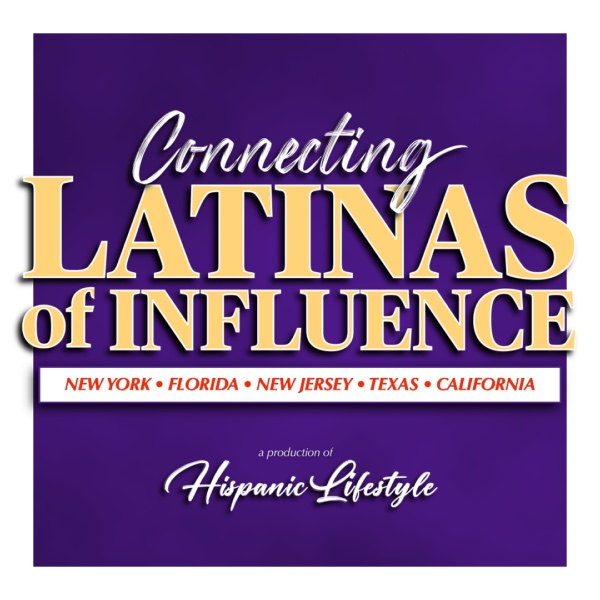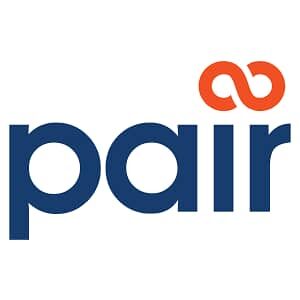
Community | Uninsured Now, Eligible for Medi-Cal in 2014
PROFILES REVEAL RELATIVELY YOUNG POPULATION,
NO LESS HEALTHY THAN CURRENT ENROLLEES
The uninsured Californians likely to become eligible for Medi-Cal under the federal health care reform law make up a relatively young population that is no sicker—and may be slightly healthier—than current non-disabled Medi-Cal users, according to a report released today by the Public Policy Institute of California (PPIC).
The report underscores both the opportunities and challenges of the historic expansion of the state’s primary public insurance program to comply with the federal law. The demographic and health profiles of the uninsured poor who are likely to become eligible for Medi-Cal suggest they may be no more costly to insure than those currently in the program—as long as those who are healthy enroll to balance the costs and demands of those who are sick.
In California, between 1.7 million and 3 million U.S. citizens and legal residents will become eligible for Medi-Cal in 2014. Adults without dependent children will be able to enroll in the program, which currently covers mainly families and the disabled. The qualifying income threshold will increase from about 100 percent of the federal poverty level to 138 percent, or about $31,000 annually for a family of four.
The PPIC report profiles the new potential Medi-Cal population, relying on an analysis of population data and on information from focus groups that included both poor, uninsured adults, and low-income parents familiar with public insurance programs for their children.
Among the key findings: About six in 10 poor, uninsured adults likely to be eligible are under age 40, and nearly three in 10 are under age 25. From a cost perspective, this is promising news because health care spending per capita by adults aged 19 to 44 is half that of spending by adults aged 55 to 64. In addition, many of the costs of the younger age group are attributable to maternity care and childbirth, which Medi-Cal already covers for poor women.
There are some differences between the uninsured poor who will become eligible for the program and current Medi-Cal users. The uninsured poor are more likely to be male and living in a household with no dependent children—not surprising in light of current Medi-Cal eligibility rules. They are also more likely to have a college degree.
Although the uninsured are less likely than current Medi-Cal users to report mobility problems or difficulty caring for themselves, many still have serious health conditions. About one in five report being in fair or poor health, and nearly one in four report at least one chronic condition. Rates of obesity and smoking are high. These findings suggest that for this segment of the population, health care needs and use might indeed be greater than the larger group of potential enrollees.
To spread the costs and risks, widespread participation is needed among the newly eligible—many of whom will likely not be subject to the federal law’s sanctions against those who do not get coverage. This will be a key challenge, the PPIC report says.
“Ensuring participation among the young and healthy will require targeted efforts at the state and local levels to raise awareness,” says Helen Lee, PPIC policy fellow, who co-authored the report with Shannon McConville, PPIC policy associate. “It is also important that the eligibility and enrollment processes not be onerous.”
The focus group interviews point up the challenges ahead. Some of the uninsured felt they needed neither coverage nor frequent access to the health care system. Parents with experience using Medi-Cal cited problems long known to researchers and practitioners: too few health care providers, long waits for appointments, and a perception of a lower quality of care. But other participants noted that insurance coverage is valuable because it provides peace of mind.
The study concludes that these views are important to take into account if a new “culture of coverage” is to emerge—one in which health insurance is expected, maintained, and ultimately valued because the result is consistent, timely access to quality care.
PPIC’s Expanding Medi-Cal: Profiles of Potential New Users is supported with funding from the California Program on Access to Care.


















